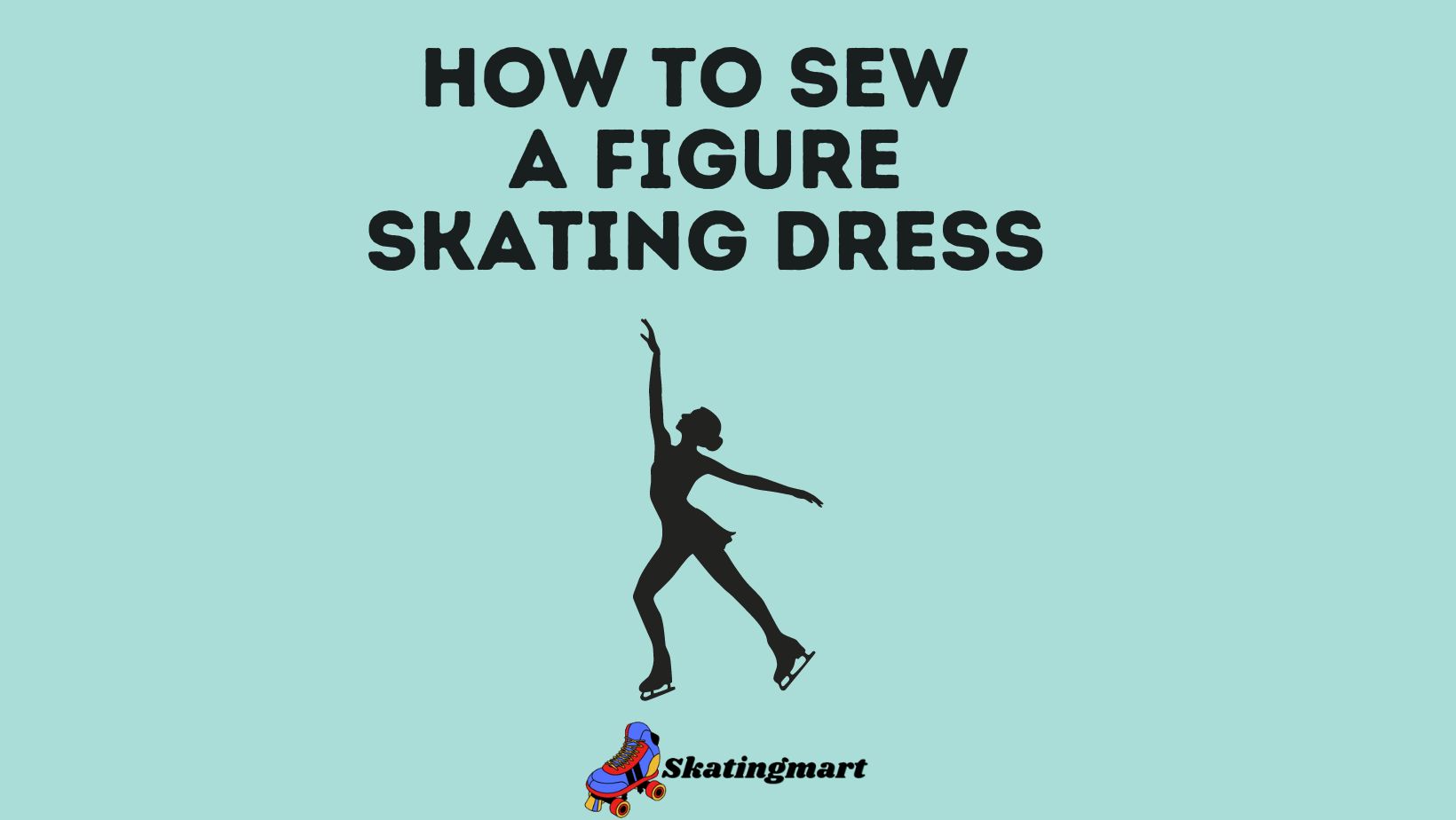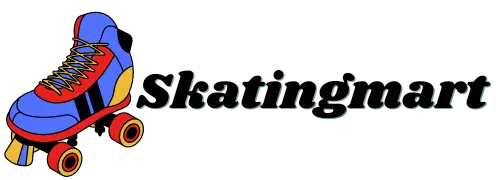
Skating dress sewing can seem like a daunting prospect if you’ve never done it before. Luckily, plenty of other figure skaters have done this. And you can benefit from the wisdom they gleaned from their successes and their dress-related mistakes. This guide on how to sew a figure skating dress will help you with everything from picking the right pattern to choosing the fabric to hem your outfit when it’s finished. With the help of this guide, even novice sewers can create professional-looking dresses in no time!
Cutting the fabric
First, you’ll need to measure your dress form. To do this, stand in front of the dress form with the bottom of the skirt against the floor, pinch it at its widest point and pull it up. this will be your fullest measurement. Your fullest measurement might be bigger than what you want on your final garment. so you may need to make a few adjustments before cutting.
Once you’ve got your fullest circumference measured, head to the cutting table. One way is to fold the fabric on the right sides together and cut around all edges making sure not to cut any extra bits off along the way (extra fabric can always be added later!). Once again, check that none of these edges overlap or hangover.

Putting in zippers
1. Line up the right sides of the outer fabric and zipper with all the other raw edges. Pin in place, leaving an inch of the seam allowance.
2. Fold the seam allowance so that it is only pinning on one side of the zipper. and stitch in place with the zipper foot inside both layers of fabric. Check that your hand has enough room on either side before you start stitching. Pull the presser foot lever on your sewing machine towards you to backstitch over your stitches when you have finished sewing about 3/4 (2cm) from where you started stitching – this is called back tacking. Take the pins out.
When you sew on the other side of the zipper, repeat steps 1 and 2. but don’t stitch quite as far down as before. Start at least 1 cm above where you stopped last time and at least 3 cm below this point. When you sew past these points they will curl under; don’t worry if they do. So because we are going to trim them off later anyway.
Putting on tulle and lining
Carefully cut the tulle, lining, and interfacing with the rotary cutter. Lay out all three pieces on your workspace, lining up their seam lines. Smooth out any wrinkles or bunching of fabric before you get too far into sewing.
Pull one long edge of the lining over a piece of interfacing. so that it is overlapping by about an inch and a half or two inches (this varies depending on your height). Make sure that you have plenty of room to work with at either end before you start attaching your seams! Sew one short edge of the tulle to one short edge of the lining, with the right sides together and matching points exactly.
Press them open carefully, just as if they were flat pieces of fabric. Continue in this manner until both layers are sewn together along the entire length of the fabric. Use an iron to press the seams flat.
Cut away the excess fabric from each side and discard it. leaving a narrow strip of unsewn material along both edges. Fold back these unsewn edges 1/4 inch and then fold them back again another 1/4 inch. this will give you 1/2 inch folded edges for trimming later on in step 10. Pin these folds in place near the intersection where the corners meet with straight pins or safety pins.
Move down to attach these other two layers similarly, being careful not to sew through any part of layer 2. while going through layer 3 as shown below. When finished, trim off the excess fabric from all four edges. leaving 1/2 inch wide strips around each corner.
Finishing touches
Take your completed pattern and put it against the fabric. The pattern should be centred, making sure that you cut two pieces of fabric. one with the front side of the pattern and the other with the backside. Pin these pieces together as you sew them together. keeping in mind any seams that need to line up together such as sides or armholes.
Stitch one seam at a time along this pinning from top to bottom. After you stitch down this first seam, take out one row of pins for it to lay flat (most likely in between the waistband and hem). Do this each time until it is all sewn up! With any newly completed sewing project like this, don’t forget about labels!
Tips and tricks
A figure skating dress can be an expensive investment, which is why it’s important to keep the weight of your fabric choices in mind. The thinner the fabric, the more you’ll need. For example, if you want a white satin skirt and sleeves that measure 30 wide around the bottom.
(1), cut three yards of your satin
(2). For thicker fabrics like wool and corduroy, one yard should suffice
(3). Along with knowing how much fabric you’ll need before you start sewing, other little details will make your handmade dress even more special. One idea is to sew on sequins or glitter for accents on your seams
(4). or sew on ribbon for a finishing touch along the neckline or hemline
(5). If you’re not sure where to start, here are some tutorials that cover all aspects of sewing a figure skating dress.
Making Your Dance Dress by Learn To Sew. 7 Steps To Sewing A Tutu by Craftsy.
CONCLUSION:
Now that you know the basic steps for sewing, you are on your way. What does the pattern say about the next step? If there is no mention of what to do next. you will want to check your notes and make sure that you have followed all the steps. You may need more fabric or if it’s not cut yet, then you’ll need scissors and thread.

Hi, This is Roasalin, I have loved Skating since my early childhood days, and here I share my experiences and tips for beginners who want to turn into pro skaters. I hope you find it useful. you can contact me here




![How To Clean Snowboarding Boots? [5 Tips]](https://skatingmart.com/wp-content/uploads/2022/11/How-To-Clean-Snowboarding-Boots-768x433.jpg)

